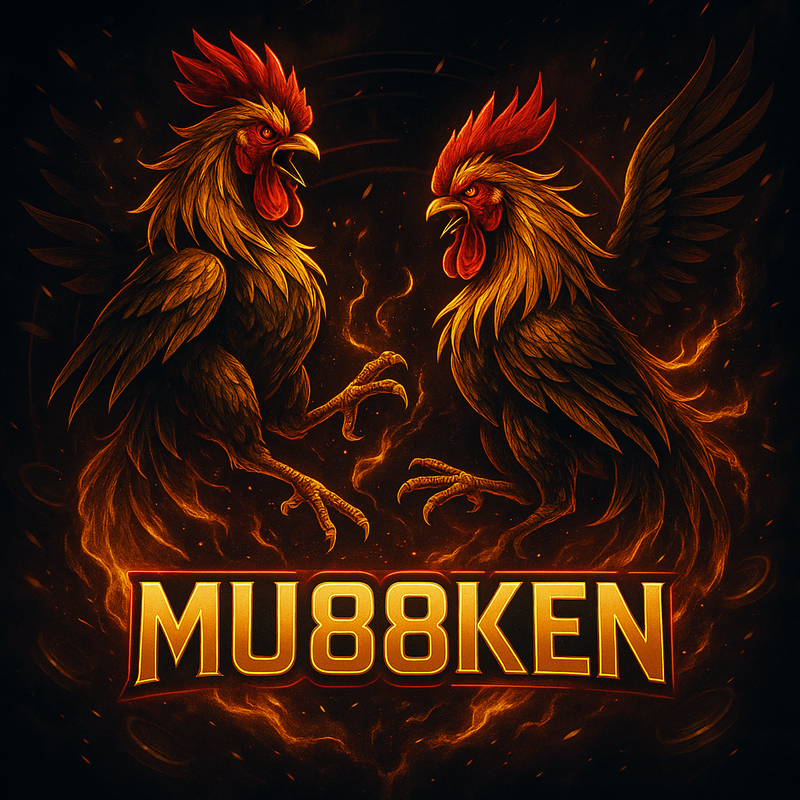
The sport of cockfighting has long captivated spectators with its intense displays of animal skills and tactics. This age-old sport, steeped in tradition and controversy, serves as a reflection of cultural traditions that extend back millennia. From the colorful arenas filled with enthusiastic fans to the excitement that hangs in the air, the environment surrounding a cockfighting event is electric. Enthusiasts gather to witness intense battles between specially bred roosters, each one trained for swift movement, strength, and combat instinct.
As the roosters step into the ring, they embody the spirit of their trainers and the rich history behind this sport. Each bird’s distinct heritage and fighting style add to the excitement, making every match a testament to expertise and preparation. While the ethical implications of cockfighting are deeply debated, the tales from the ring highlight the complexities of this tradition, ensuring that its legacy continues to evoke fervor and curiosity among both supporters and opponents.
History of Cockfighting
Cockfighting has longstanding history in civilization, with indications suggesting that it traces back thousands of years. The first records of this practice can be linked to old civilizations in Asia, particularly in locations like the Indian subcontinent and the Chinese Empire. Archaeological findings indicate that fowl were bred and bred for fighting as early as 2000 BC, marking the enduring fascination with the sport. Its attraction spread through trade routes, eventually making its way to the Mediterranean basin and the empire, where it became a favored form of recreation.
As time progressed, cockfighting developed into a formalized sport with particular rules and standards. In the 1500s, the British Isles began institutionalizing the practice, associating it to public assemblies and wagering. casino MU88 The formation of fighting pits dedicated to the sport contributed to its expansion in popularity among the nobility. This era saw the emergence of distinct breeds, each meticulously chosen to improve fighting capabilities. The sport became so embedded in the culture of Britain that it was often connected with prestige and bravery, drawing big spectators eager to observe the violent battles.
In the nineteenth century, cockfighting faced increasing scrutiny and legal opposition. Animal rights supporters began to oppose the activity, drawing attention to concerns about animal abuse and the treatment of animals. By the close of the 1800s, many regions enacted laws forbidding the event, leading to its reduction in some regions. However, in others, especially in parts of Southeast Asia and Latin America, the sport continued to flourish, maintaining its status as a heritage and an place for community engagement. Despite the debates, the history of cockfighting reflects a complicated relationship between humans, rivalry, and the environment.
The Art of Raising Fighting Cocks
Breeding fighting roosters is a detailed art that requires extensive knowledge of genetics, behavior, and traits. Handlers often select their fowl based on bloodlines, choosing roosters and hens from established lines with desirable traits for fighting. The goal is to produce offspring that display power, agility, and a fighting spirit. Focus is given to the roosters’ attributes, such as muscle development, feather quality, and beak strength, as these can significantly influence their ability in the ring.
The raising process begins with meticulous selection and matching of birds, often taking place in specialized breeding facilities. Handlers keep track of lineage and performance records, making sure that they can anticipate the capability of their hatchlings. It is not just about choosing the strongest fowl; behavior is just as crucial. A combat rooster must have not only aggression but also the ability to stay focused and disciplined during a bout. This complexity makes breeding an ongoing difficult task that demands dedication and expertise. MU 88
After the eggs hatch, handlers closely observe the young birds’ growth, assessing their growth patterns and fighting instinct. This phase is essential for identifying potential fighters that will ultimately take to the ring. Proper nutrition and training begin early to prepare the young cocks for their upcoming matches. Breeders invest significant time and efforts to raise their birds, all in the hope of producing the ultimate fighter that embodies the essence of cockfighting.
Iconic Fights and Remarkable Fighters
The narrative of cockfighting is rich with stories of epic battles that have enchanted spectators for ages. One of the most distinguished fighters in the arena is a bird named "El Gallo de Oro," who gained fame for his unmatched speed and agility in the ring. His bouts were frequently described as thrilling, with spectators cheering wildly as he outperformed opponents. This iconic rooster became a icon of strength and resilience, inspiring many hopeful fighters to prepare their birds with the dreams of achieving similar success.
Another memorable matchup took place in a tiny town where two competing trainers, known for their fierce competition, matched their best roosters against each other in a high-stakes duel. The event drew a massive crowd, eager to see the clash of giants, and both birds entered the ring with an unstoppable spirit. The battle was fierce, with feathers soaring and the roosters displaying remarkable skill and bravery. In the end, the long-reigning champion was dethroned, marking a historic upset that would be talked about for ages to come.
Legendary trainers also played a significant role in molding the legends of cockfighting. One such figure, known as "The Rooster Whisperer," was renowned for his unique training methods and deep connection with his birds. His fighters consistently dominated the field, and his impact transformed the way many approached the sport. Through his commitment and passion, he not only bred incredible fighters but also instilled a sense of camaraderie among fellow trainers, leaving a enduring legacy in the world of cockfighting.
